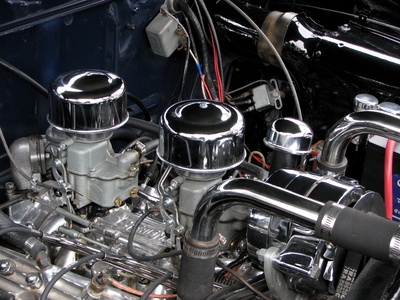
When thermometer readings reach near or below freezing, starting a car can be difficult. Fluids in the car (particularly the oil) thicken in cold weather. That can mean that the engine won't have proper lubrication when a driver tries to start it. At best, that can make the car sluggish to start. At worst, it could lead to catastrophic engine failure. An engine block heater can warm the fluids.
There are several types of block heaters, and some are easier to install than others. Dipstick heaters are among the simplest. Remove the oil dipstick and insert the heater. External magnetic heaters are also easy to use; magnets hold them to the engine. There are bolt-on heaters, and the installation varies from engine to engine. In-line heaters require splicing into the coolant hose. Engines can also be equipped with frost plug heaters, which replace the car's existing frost plug, and that is a simple process.
Dipstick heaters are less efficient than others and will do less to keep the fluids warm. Frost plug heaters are the most effective. In-line heaters are fairly effective, but there are two types: Circulating heaters use a pump to move the fluid around. They are more effective than the non-circulating heaters. Both types of external engine heaters--the magnetic and bolt-on--are reasonably effective, but they don't do as well as frost plug heaters.
Studies have shown that an engine block heater reaches its peak effectiveness at four hours. After that time, more energy usage results in no increased heating. Using a timer can help to save energy and still have a warm engine at starting time. Just set the timer to turn on three to four hours before the car will be started.